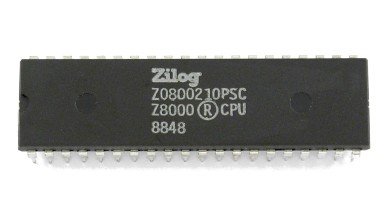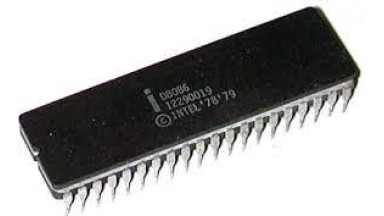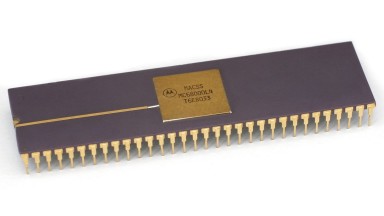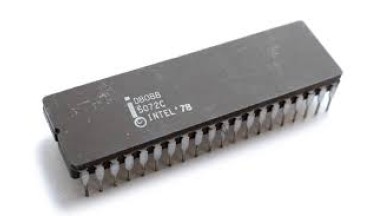
Zilog Z8000
Zilog Z8000 microprocessor technical specifications
Developed by: Zilog
Launched: 1979
ALU bits: 16
A 16-bit microprocessor with a completely orthogonal register set, featuring a user mode and a supervisory mode.
Its architecture was designed by Bernard Peuto, while the logic and physical execution were carried out by Masatoshi Shima.
The Z8000 was not compatible with the Z80, so it didn't benefit from a large software package.
However, there was a version of the Xenix operating system for the Z8000.
It wasn't widely implemented, beyond some Olivetti models: Linea 1 S1000, S6000, M20, M30, M40, M50, and M60.
And the Commodore 900 project, which was canceled.
It was released between the Intel 8086 (April 1978) and the Motorola 68000 (September 1979), and then the Intel 80286 appeared, which would eventually prevail in the 16-bit processor wars.
A later 32-bit version called the Z80000 was designed in 1984 with very advanced features for the time (on-chip cache and on-chip paged memory management unit), as well as the Z8070 floating-point coprocessor. However, neither were ever commercially released.


